Reggio Emilia vs. Montessori: How These Educational Philosophies Differ
At Bennett Day School, our program is inspired by the Reggio Emilia approach. Families will likely encounter other progressive educational philosophies during their school search, like Montessori – another methodology with Italian roots. Every child is unique, and there is no one-size-fits-all approach to education. Here’s a breakdown of Reggio Emilia vs. Montessori to help you understand which philosophy is the best fit for your family.
What are the origins of these two philosophies?
Reggio Emilia
The Reggio Emilia approach was founded at the end of World War II in 1945 in a village just outside of Reggio Emilia, Italy. Loris Malaguzzi, an educator and engaged citizen, worked together with locals to build a childcare center that would educate and enrich the lives of the children born into a war-torn country, while also supporting the parents in their efforts to rebuild.
Montessori
The Montessori approach was founded in 1907 in Rome by Dr. Maria Montessori, an Italian physician and educator. Dr. Montessori had been invited to create a childcare center in San Lorenzo, a district in Rome where many of the children were under-resourced and previously unschooled.
What are the key principles?
Reggio Emilia
Image of the Child
One of the core tenants of the Reggio Emilia philosophy is the “Image of the Child,” or the way that adults perceive the motivations, abilities, agency, and development of a child. The Reggio approach is built upon the idea that children are naturally competent, curious, and capable individuals who are co-collaborators in their education.
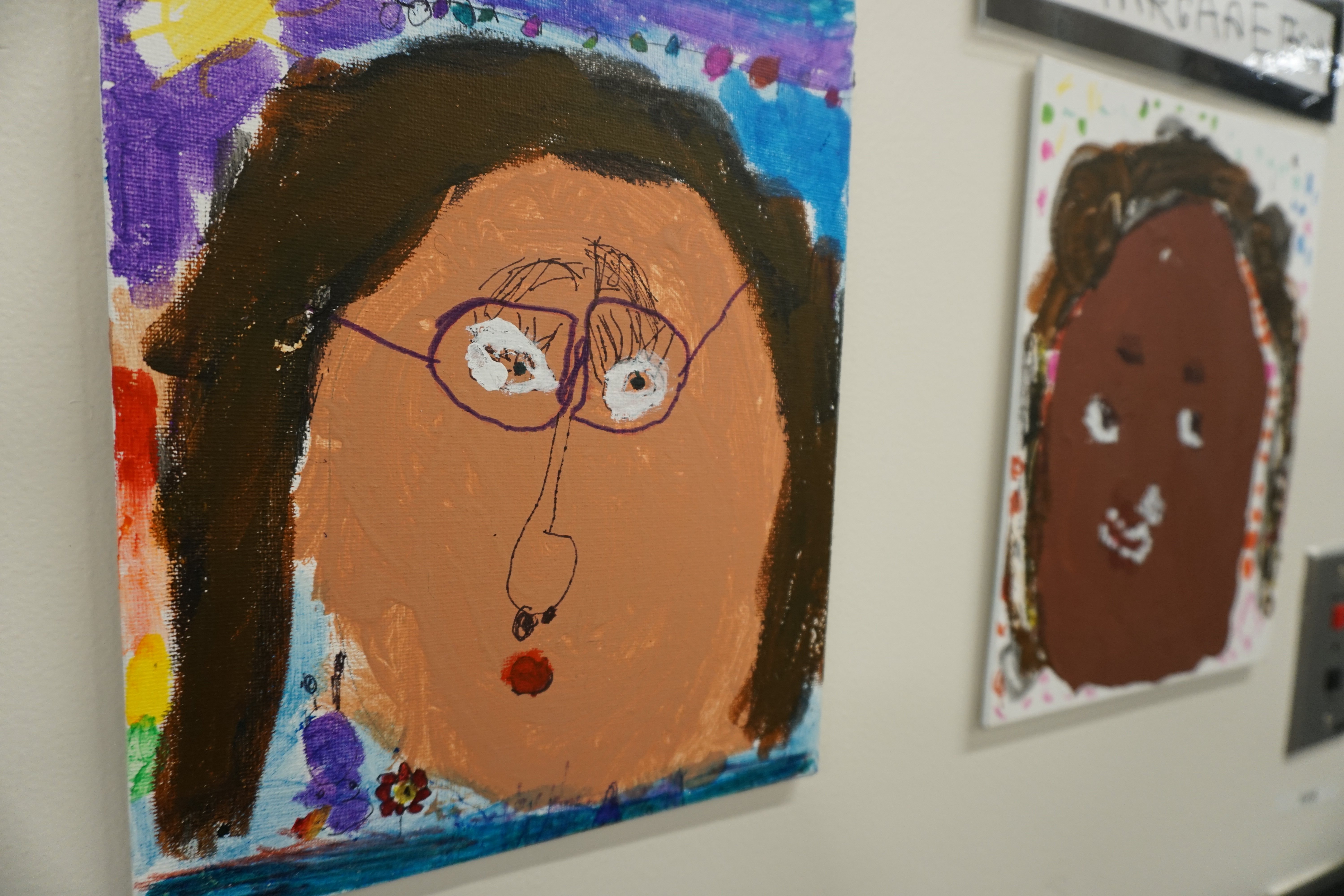
Documentation
In the Reggio Emilia approach, documentation is considered a vital component of the learning process. Documentation, which can take the form of transcribed conversations, photos and videos of students engaged in project work, samples of student work, etc., serves as evidence of a child’s growth, development, and learning. Through documentation, children are given the opportunity to revisit and reflect on their own learning experiences, which promotes metacognition, self-reflection, and critical thinking.
Moreover, documentation provides a means for communication and shared understanding between educators and parents/guardians. This helps to create a common language around the child’s learning and development, which fosters a sense of community and shared responsibility.
Collaborative, Project-Based Learning
In a Reggio Emilia-inspired school, students and teachers co-construct learning together in a flexible and relationship-driven environment. As experts in child development and keen observers of students and their interests, educators initiate projects and provocations that are guided by their student’s questions and curiosities. When learning is meaningfully connected to their interests, children are more engaged and invested.

Montessori
Respect for the Child
One of the core principles of the Montessori approach is respect for the child. This means that adults should treat children as individuals with their own unique needs, interests, and abilities. In the classroom, this respect is demonstrated by observing and acknowledging the child’s needs, allowing the child to make choices, and providing freedom within limits.
Observation
Independent, Self-Guided Learning
In a Montessori program, the ultimate goal of education is independence. Montessori’s self-guided learning style is based on the belief that children learn best when they are allowed to take an active role in their education. This approach emphasizes child-led exploration and discovery, self-paced learning, and freedom of choice.
How does the classroom environment impact learning?
Reggio Emilia
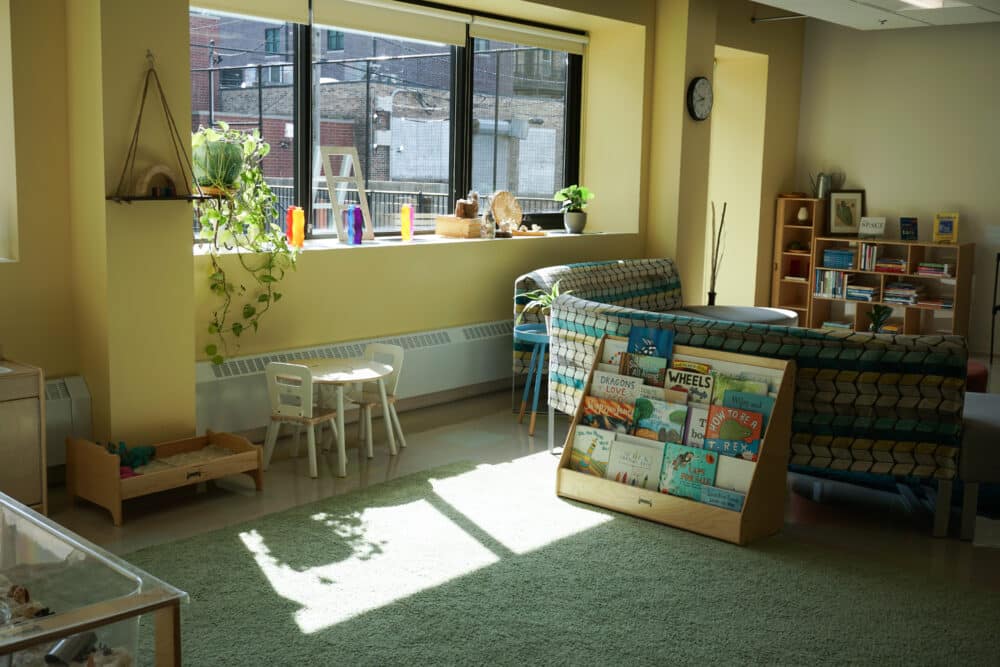
The learning environment plays a key role in a Reggio Emilia-inspired school and is viewed as the “third teacher.” Classrooms and common areas are filled with natural light, open-ended “loose parts”/materials, and open space to make room for imagination. Every effort is made to create a warm and welcoming environment that nurtures curiosity, encourages collaboration, and is rich in possibilities for exploring diversity.
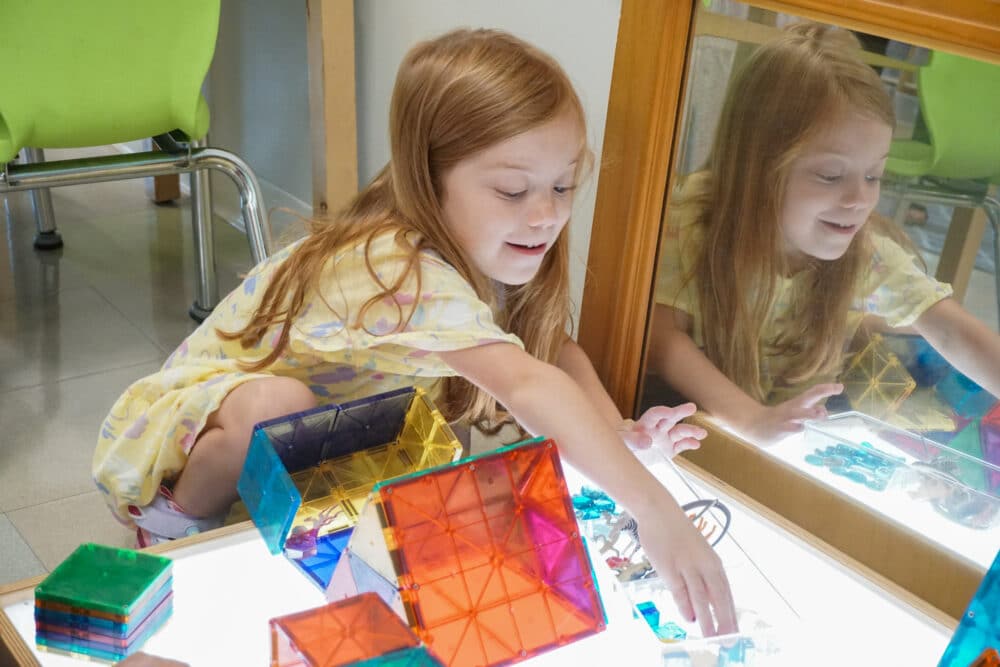
Montessori
In a Montessori school, the classroom is referred to as a “prepared environment.” Everything has a place and purpose. Montessori classrooms are neutral and light with an open floor plan that encourages movement as children move from activity to activity. There is a structure and a sense of order, yet students are able to explore the environment freely, follow their interests, and progress at their own pace.
What is the role of the teacher?
Reggio Emilia
The instructor’s role in a Reggio Emilia-inspired program is not only to teach, but to observe and listen to students. By learning their interests, teachers can build deeper connections with their students and provide guidance and opportunities for further exploration. The curriculum is emergent and responsive; projects and lessons are not pre-planned, but instead driven by student curiosity as topics of interest arise.
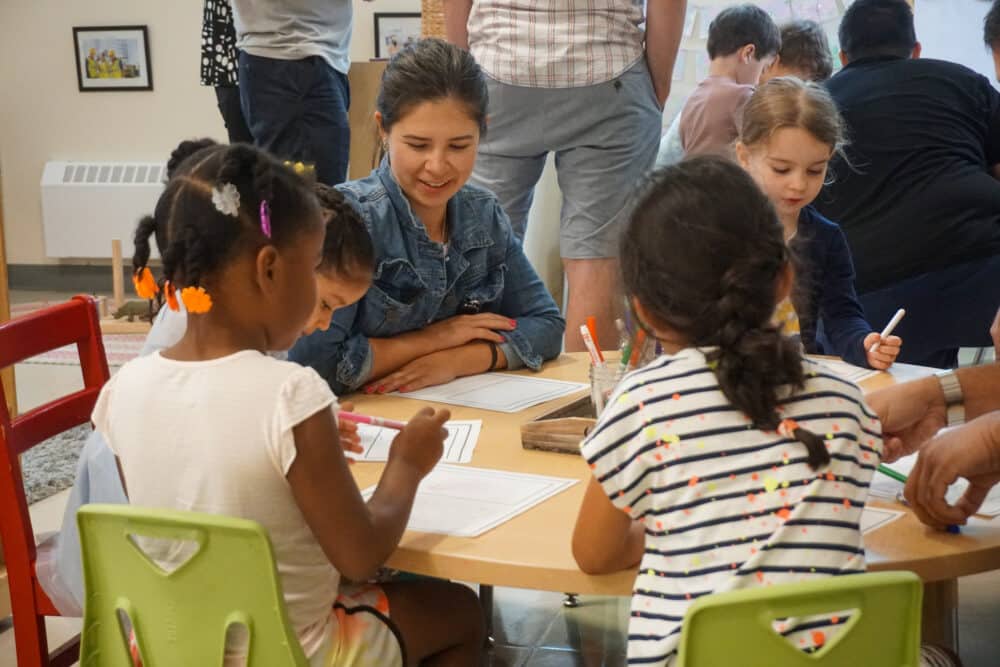
Montessori
In a Montessori classroom, teachers play more of an unobtrusive role. Children are given access to carefully prepared materials and activities that are designed to promote hands-on learning and exploration. Teachers provide guidance and support when needed, but the focus is on empowering children to take ownership of their learning. Children are free to choose which activities they want to work on and are encouraged to move at their own pace.
What is the role of the parent?
Reggio Emilia
In the Reggio Emilia approach, parents/guardians play an active and collaborative role in their child’s ongoing learning and development. Parents/guardians are recognized as the “first teacher” and seen as the experts on their children. As partners in the learning process, they may be encouraged to participate in the day-to-day activities of the school, including ongoing projects, field trips, and classroom visits.
Parents/guardians are also encouraged to share their knowledge, culture, and experiences with their child’s teachers and peers. Overall, the Reggio approach encourages a strong family-school partnership which fosters a sense of community and helps to strengthen relationships.
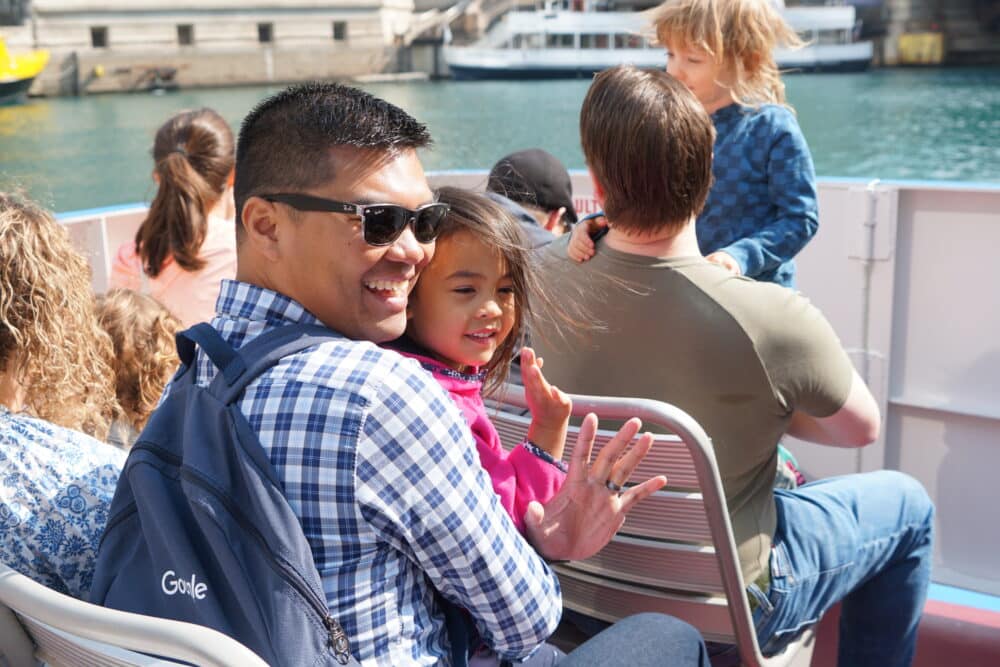
Montessori
Parents/guardians are encouraged to observe their child’s learning process and communicate regularly with the teacher. They are also expected to provide opportunities for their child to continue learning at home and create a peaceful and organized home environment that promotes independence and self-discipline.
Overall, due to the independent and self-guided nature of the approach, parent/guardian involvement in a Montessori school may be more infrequent and/or extracurricular.
How are children grouped together?
Reggio Emilia
In a Reggio Emilia school, students are grouped with others their age.

Montessori
In a Montessori school, ages are often mixed. For example, you may have three-, four-, and five-year-olds in one classroom.
Want to learn more about Bennett Day School’s Reggio Emilia-inspired approach to education? Plan your visit to Bennett.